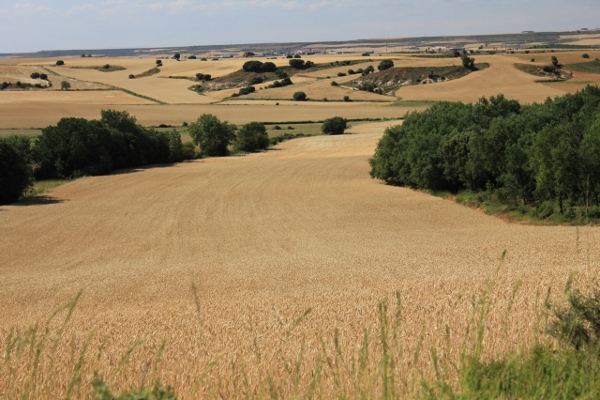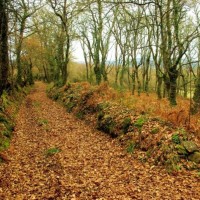Blog
Camino de Santiago, a journey to cast off
The philosopher Baruch Spinoza said that the idea of freedom is not so much break our bonds or hold on to them, but to have sufficient understanding to know what is to be discarded and what is to be preserved. The Camino de Santiago is a particular route where we face ourselves and our way of being in the world and we ake part of a community for a while so...Should we bring with us this chain of air that holds us to our ordinary “me”? Is it necessary to carry our mobile devices to ensure the connection routine state of affairs? Many pilgrims, especially the US, take this clear: the Camino de Santiago is a journey to cast off.
Perhaps the American society is more individualistic and has a much greater technological implementation, they value more the opportunity to spend time away from the stress generated by the contactable "duty". Among the testimonies written in the network or collected in other media pilgrims, American or not, greatly appreciate the simple sense of community, interact with others from a disinterested perspective.
The "spiritual reward" offered by the Camino de Santiago is one of the attractions for pilgrims coming from Western societies: much of the suffering we experience in everyday is meaningless but the pains that are supported along the St. James Way, which are many and varied, have a purpose and goal to support it. The Camino de Santiago also offers the opportunity to live the quote of Ralph Waldo Emerson: "Life is a journey, not a destination." It may be a cliche but sometimes the topics are met and this trip and experience that is associated with it, analog, old school, is authentic.
But does this mean that we must give up the technology and return to the world before the Cold War when we put on the way? The idea on this side of the Atlantic is just the opposite. It is not wiring and monitor the entire route but one of the initiatives that public and private institutions are taken harder is to publicize the road through technology. From trying to make a Google Street View in the route -something unlikely- to develop "virtual pilgrimage" and opt for the idea of bringing the Camino de Santiago "the XXI century".
But is this modernization pilgrims seeking something or perhaps there are other demands befores put over WIFI in the 800 kilometers of the French Way?
These issues are not mutually exclusive. Pilgrims and associations of Friends of the Camino de Santiago always ask for improvements in roads, improved road safety or a more extensive network of hostels but nothing happens because we don't have a good signal coverage in Castilla plains or at the forests of Lugo.

Besides the pilgrims they are not disconnected at all, although the use of mobile or tablets to the minimum required is reduced. Along the Camino times when we may feel alone, or exhausted or that we've lost are given. At such times it is good to have a phone to talk to who lift our spirits or to warn that we missed but perhaps keep the intimate aspect of the road, outside the daily updates, is one of the great attractions of the route.
Tell us, Technology in the Camino yeah or nay?
¡Buen Camino!
